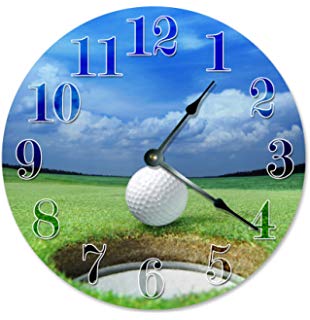Slow play seems to be a big topic these days on both Golf Channel and PGA Tour Radio on Sirius/XM. Groups routinely take around five hours to play on Friday and Saturday, when play is in threesomes, but the pace does pick up considerably on the weekend when twosomes are the rule.
It is said that the average golfer models their playing habits after the professionals and adopt their habits, but in all the places I’ve played nationwide, on courses both public and private, I really have yet to see this. Slow play, in my opinion, mainly stems from too many players on the course at one time. This is not to say that there aren’t slow players, but I seriously doubt that they are mirroring what they see on TV every weekend. I am lucky in the regard that where I play, mainly in courses around the Savannah, Georgia, area, slow play is really not an issue. If I get stuck behind a group taking 4 1/2 hours, that’s a long day by our standards here.
There are two things that courses can do to speed up play if slow play is indeed a problem at their facility: 1) Use a more reasonable tee-time interval. Yes, I know revenue is all-important, but many courses of all stripes have 9-minute intervals. Courses who use anything less than this are inviting trouble. 2) Empower course marshals and rangers to take care of the problem. When I rangered in Tallahassee, Florida, when I lived there, I would approach the offending group in a very diplomatic way, asking them to either pick up the pace as groups behind were waiting, or let them through. Not once did I receive any pushback.
One thing I would urge courses not to do is tell groups to pick up their ball and move ahead. These people paid to play 9 or 18 holes, not 7 or 16. As I mentioned before, diplomacy and awareness go a long way.
By Mark Harman, USGTF National Course Director
Copyright © 2023 United States Golf Teachers Federation, All Rights Reserved
200 S. Indian River Drive, Suite #206, Fort Pierce, FL 34950
772-88-USGTF or 772-595-6490 - www.usgtf.com
200 S. Indian River Drive, Suite #206, Fort Pierce, FL 34950
772-88-USGTF or 772-595-6490 - www.usgtf.com

